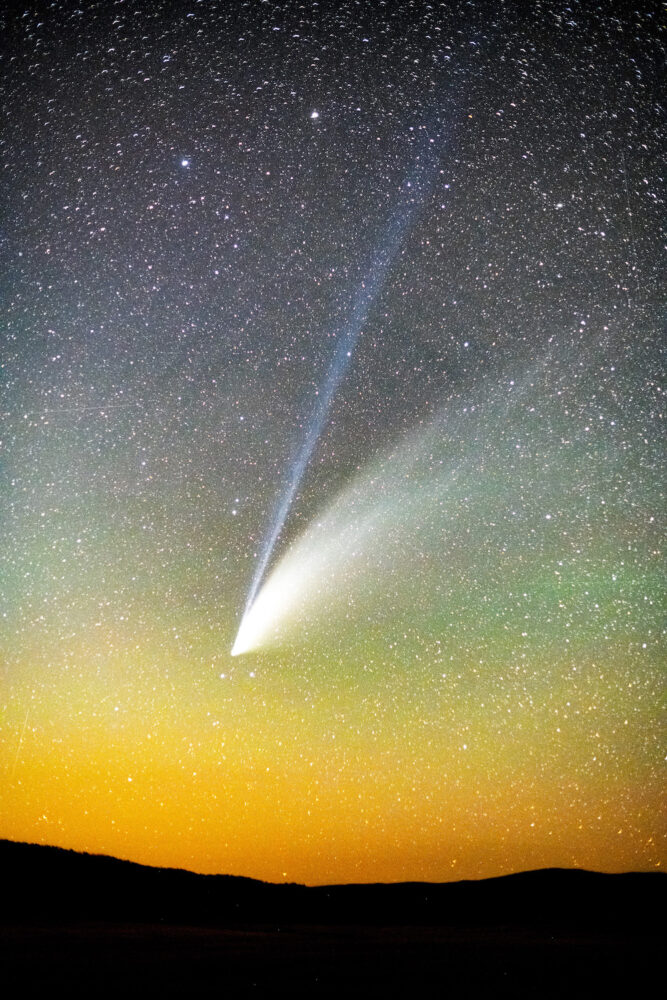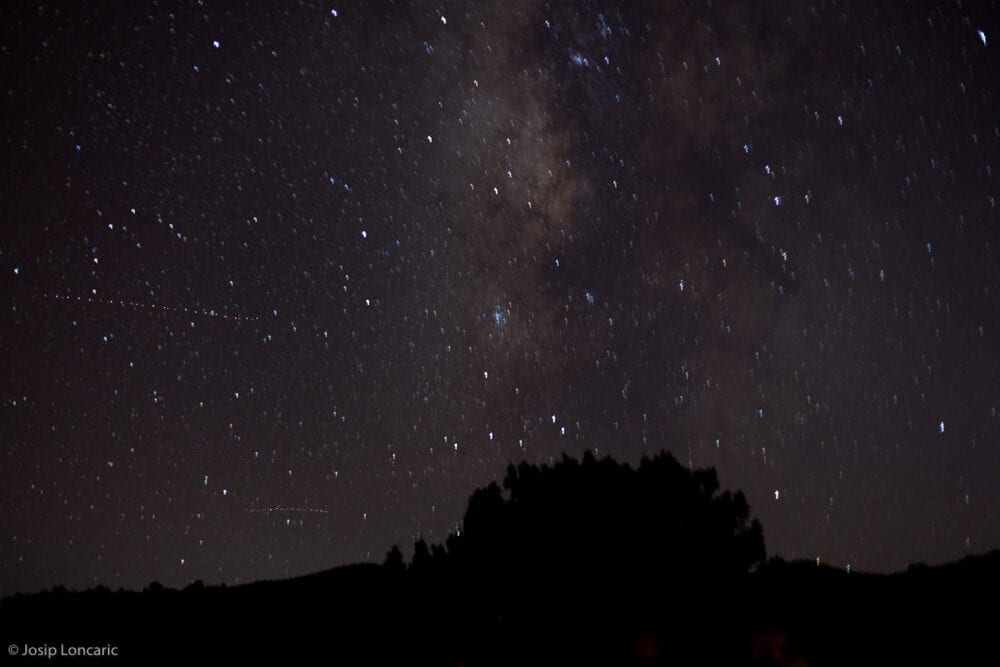
By Galen Gisler
Ancient cultures populated the night sky with fanciful imaginary creatures, and told their stories so frequently and so vividly that the stars were named for specific parts of those creatures’ bodies.
We don’t know the stars as well as our ancestors did. We keep ourselves busy after dark; artificial light and other conveniences of our age have meant that most of us only know a few of the brightest stars. Those who live in cities see them rarely.
A deep connection with nature is lost when we lose the sight of the stars, those celestial beacons that have been with us since the dawn of our species, that have guided our migrations and explorations, that have inspired our deepest meditations.
Yet we do need artificial light to guide us and to keep us safe during our nighttime activities.
Unfortunately, much of the light we generate is wasted or ill-used. In fact, much of the light that is intended to keep us safe does the opposite. Bright floodlights shine in our eyes, blinding and distracting us from things we need to pay attention to. Lights that are too bright make dark shadows that hide hazards. Ill-positioned and unshielded lights shine into our bedrooms and disturb our sleep. Poorly shielded lights send light up and out into space, where it does no good. We waste money and energy by sending light where it’s not needed.
This is light pollution.
Light that leaks up into the sky, either directed upward or reflected from surfaces, causes skyglow that washes out the brilliance of the stars. Curbing light pollution to restore our night skies does not mean eliminating all artificial light. But when we learn to distinguish good lighting from bad, we will still enjoy night life and preserve our view of the stars.
Valles Caldera National Preserve has recently achieved International Dark Sky Park status, and Bandelier National Monument has submitted an application for that status. The National Park Service (NPS) invites you to drive up to the Caldera some evening when the moon is below the horizon, and discover anew the brilliance of the stars. It’s not perfect; you will see skyglow from Los Alamos, Santa Fe, and Albuquerque. These parks inspire us to reduce light pollution from our cities and improve the stunning dark skies of the Jemez Mountains.
These units of the NPS have joined with PEEC and other regional entities to form the Jemez Mountains Night Sky Coalition (JMNSC), whose aim is to promote the preservation of our spectacular night skies. The JMNSC has prepared a draft of a new lighting ordinance for Los Alamos County to replace the one in the County Charter that was written in the early 2000s when lighting technology was very different from today. This draft is being considered for inclusion in the ongoing development code update.
If Los Alamos adopts a strong new lighting ordinance, we could apply for status as an International Dark Sky Community, following the example of cities like Flagstaff, Sedona, and Moab. Together with Valles Caldera and Bandelier, our area might become a destination for astrotourism: a growing vacation target for people interested in viewing or photographing the night sky and night-time scenery.
This article is the first in a series planned by the JMNSC to celebrate International Dark Sky Week (April 5-12) and Earth Day (April 22). Successive articles will cover environmental and health effects of poor outdoor lighting, principles of good lighting, technical specifications for good lighting, and where to find good light fixtures for homes and businesses.
Information on all these topics is available from the International Dark-Sky Association. For more information about the Jemez Mountains Night Sky Coalition, visit our Dark Skies webpage.
This article was originally published in the Pajarito Environmental Education Center’s Earth Month section in the Los Alamos Daily Post on Thursday, April 1, 2021.

